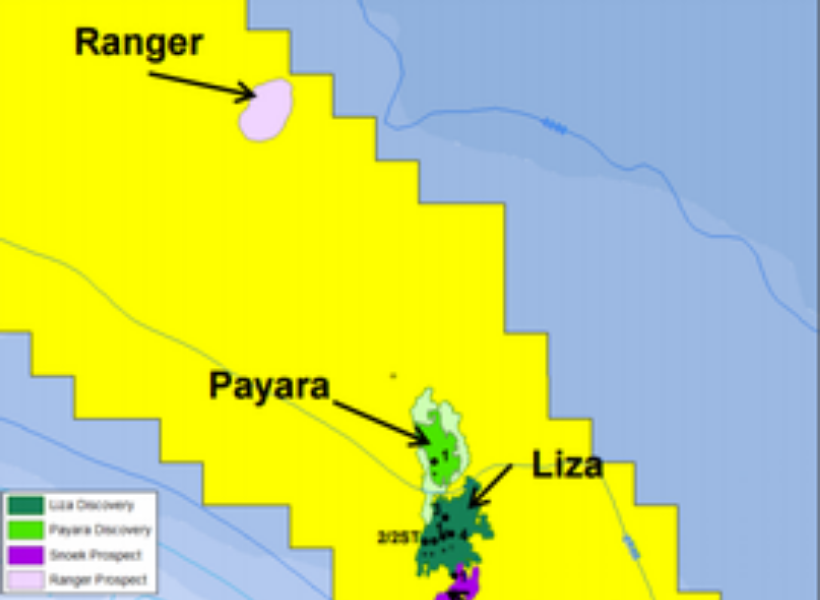ExxonMobil Guyana announced on Wednesday morning that the Prosperity floating, production, storage and offloading (FPSO) vessel, utilised in the Payara project, has achieved background flare in 39 days, well within the 60-day target outlined in the project’s environmental permit.
The term “background flaring” typically refers to relatively small-scale flaring activities. In this context, burning one million standard cubic feet of gas or less per day is considered a modest amount compared to larger flaring operations. This gas is burned because it is either not enough to justify the cost of capturing and selling it, or there’s no infrastructure available to transport it.
This accomplishment marks a significant milestone in the company’s commitment to efficient and environmentally responsible offshore operations.
“Delivering ahead of expectation underscores the value of the lessons learned from our previous projects, which we applied meticulously to Payara’s start-up. We are committed to delivering results that build on our track record of operational excellence,” ExxonMobil Guyana President Alistair Routledge said.
Like the Liza projects, the Payara project design eliminates routine flaring by using produced gas to power the FPSO and reinjecting the rest of the gas into the reservoir to improve oil recovery, thereby reducing emissions.
The Payara project, which began production on November 14, is currently producing more than 180,000 barrels of oil per day. It is on track to reach its initial production capacity of 220,000 barrels per day during the first quarter.
Total production from the first three Stabroek block projects is currently over 550,000 barrels per day and expected to reach more than 600,000 barrels per day later this year.













